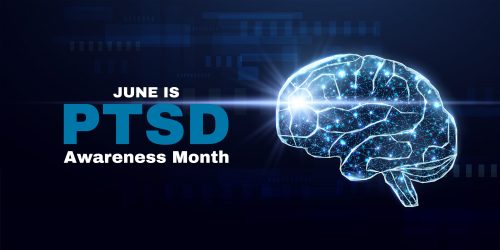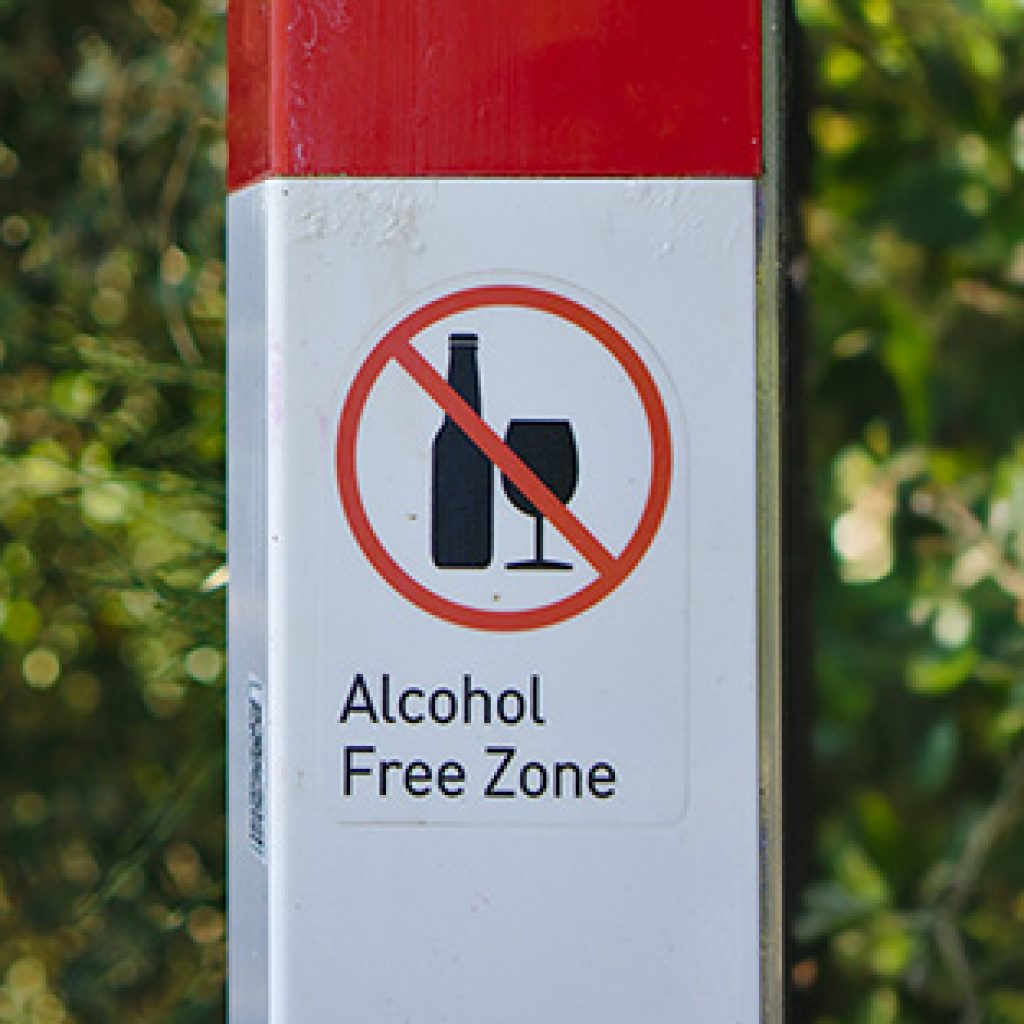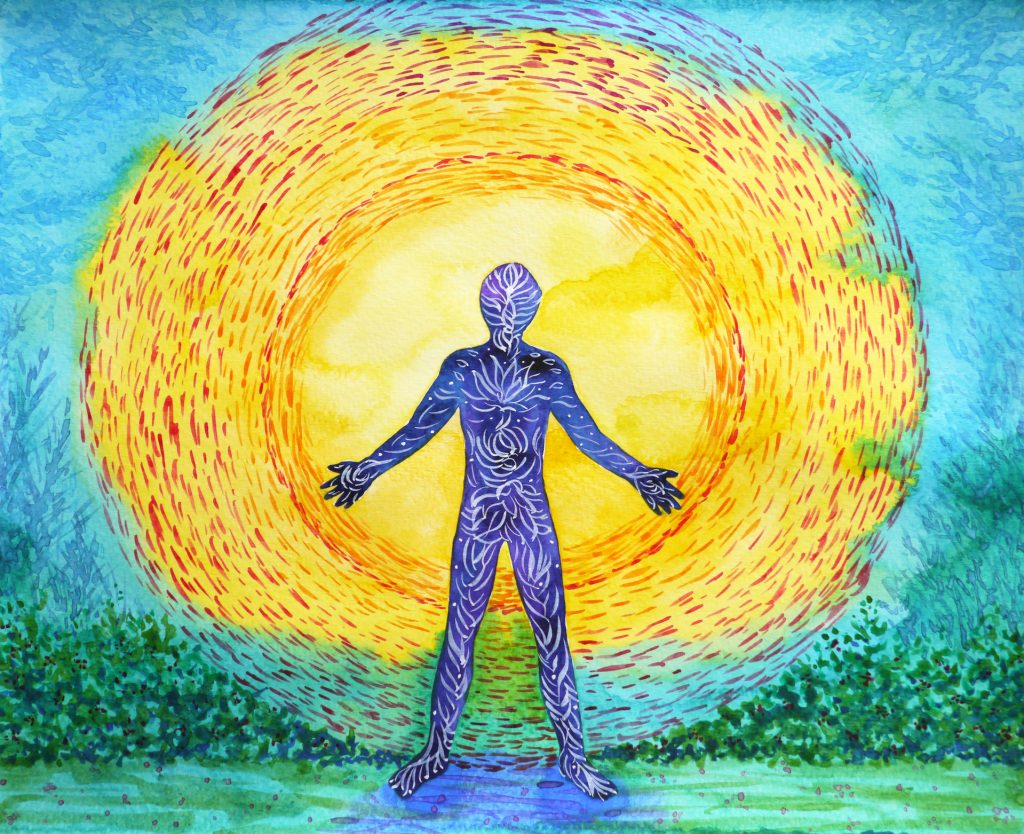Raising Awareness About PTSD
 June is PTSD Awareness Month. According to the National Center for PTSD, there are currently an estimated 8 million people in the United States living with PTSD. PTSD can happen to anyone and is not a sign of weakness.
June is PTSD Awareness Month. According to the National Center for PTSD, there are currently an estimated 8 million people in the United States living with PTSD. PTSD can happen to anyone and is not a sign of weakness.
The likelihood of knowing or being a trauma survivor (i.e., a Veteran, a survivor of physical or sexual assault, a survivor of a serious accident, or a natural disaster, witnessing a death or injury) is high. About 6 of every 10 men (60%) and 5 of every 10 women (50%) experience at least one trauma in their lifetime. After a traumatic event, it’s normal to think, act, and feel differently. Many people feel better a few weeks or a few months after the traumatic event, but some do not. Post Traumatic Stress Disorder (PTSD) is characterized as a mental health condition that develops after experiencing or seeing a life-threatening event.
Some Symptoms of PTSD include:
(Not all symptoms are the exact same for everyone, and each person experiences symptoms in their own way.)
Memories from the event can be experienced at any time (sometimes the memory is triggered by a stimulus (i.e., a sound, a smell, a visual cue) that reminds the person of the traumatic event. When a memory is experienced, it can feel real – like the event is happening again. These memories can occur while awake or in the form of nightmares.
A person may find themselves avoiding certain people or situations that remind them of the event. Avoidance can come in the form of perpetually staying busy so they aren’t reminded, or have time to think about the traumatic event.
A person may find that they don’t feel like themselves. They may experience negative thoughts about themselves, other people, or more generally about the world; experience hopelessness about the future; difficulty maintaining close relationships; feel detached from family and friends; lack of interest in things they once enjoyed; feeling emotionally numb.
A person may be experiencing hyper or hypo arousal. They may experience symptoms of easily being startled or frightened; always being on guard and ready for a dangerous situation to occur, self-destructive behavior (excessive drinking, or unsafe driving); trouble sleeping, trouble concentrating; irritability, angry outbursts, or aggressive behavior; overwhelming guilt or shame.
PTSD Statistics:
- 6 out of every 100 people (or 6% of the population) will have PTSD at some point in their lives.
- Approximately 12 million adults in the U.S. have PTSD during a given year. This is only a small portion of those who have gone through a trauma.
- 8 of every 100 women (or 8%) develop PTSD sometime in their lives compared with about 4 of every 100 men (or 4%). Learn more about women, trauma and PTSD.
The vast majority of people living with PTSD don’t receive the help they need. By normalizing PTSD, raising awareness, and training therapists in effective treatments, we can work to get people the help they need.
Prolonged Exposure Therapy (PE)
People with PTSD often try to avoid things that remind them of the trauma. This can help them to feel better in the moment, but in the long term it can keep the person from recovering from PTSD. Within PE, a trained therapist asks about the person’s trauma over and over. The person is exposed to the thoughts, feelings, and situations that they’ve been avoiding which can help them learn that they don’t need to avoid reminders of the trauma. This helps them to develop more control over thoughts and feelings about the trauma, which supports them to overcome the fear associated with the memories. The therapist will help the person to slowly do the things they’ve been avoiding.
Cognitive Processing Therapy (CPT)
After a trauma, it’s common to have negative thoughts — for example, thinking that what happened is the person’s own fault or that the world is dangerous place. CPT helps a person to identify and change these thoughts. By changing thoughts about the trauma, it can impact how they feel. Within CPT, a trained therapist works with the individual to complete worksheets about the negative thoughts and beliefs that are upsetting them. The therapist will then help the person to challenge those thoughts and think about the trauma in a less overwhelming way.
Eye Movement Desensitization and Reprocessing (EMDR)
EMDR can help process upsetting memories, thoughts, and feelings. A trained therapist will work with the person who is experiencing PTSD to choose a memory from the traumatic event and will help them to identify the negative thoughts, emotions, and feelings that are in their body that go with the event. A therapist guides the individual to focus on specific sounds or movements while the person talks about their trauma. This helps the brain work through the traumatic memories. Over time, EMDR can help change how a person reacts to the memories of their trauma. Once the memory becomes less upsetting, the therapist will support the individual to add a positive thought.
PTSD can happen to anyone who has experienced trauma. It’s important to become more aware of the prevalence, symptoms, and treatment modalities in order to reduce stigma, and get people the help they need so that they can live a more fulfilling life. Get involved this month by raising awareness about PTSD, register for the virtual walk, take the PTSD self-screen on June 27, 2022 which is PTSD Screening day.
National Center for PTSD Resources:
Understanding PTSD and PTSD Treatment
PTSD Coach
PTSD Self-Screen
PTSD Bytes Podcast
CASAT OnDemand Resources:
How To Support A Family Member With PTSD
PTSD And Secondary Trauma: What To Notice With Dr. Trudy
The Impact Of The News And PTSD On The Family Unit
Connecting The Mind & Body As A Pathway For Resilience
Additional resources may be found on the CASAT OnDemand Resources & Downloads page.
This article was developed by Heather Haslem, M.S. Feel free to use, link to, or distribute this information. A link to our site and attribution would be much appreciated.
References:
National Center for PTSD. (2018). How Common is PTSD in Adults? . U.S. Department of Veteran Affairs. Retrieved June 16, 2022, from https://www.ptsd.va.gov/understand/common/common_adults.asp
National Center for PTSD. (2018, August 8). PTSD Treatment Basics. Department of Veteran Affairs. Retrieved June 16, 2022, from https://www.ptsd.va.gov/understand_tx/tx_basics.asp
National Center for PTSD. (2018). What is PTSD? . U.S. Department of Veteran Affairs. Retrieved June 16, 2022, from https://www.ptsd.va.gov/understand/what/index.asp
Blog Post Tags:
Related Blog Posts
Related Learning Labs
Related Resources
.
- Buscar Tratamiento de Calidad para Trastornos de uso de Sustancia (Finding Quality Treatment for Substance Use Disorders Spanish Version)
- Finding Quality Treatment for Substance Use Disorders
- Focus On Prevention: Strategies and Programs to Prevent Substance Use
- Monthly Variation in Substance Use Initiation Among Full-Time College Students
- The National Survey on Drug Use and Health (NSDUH) Report: Monthly Variation in Substance Use Initiation Among Adolescents








